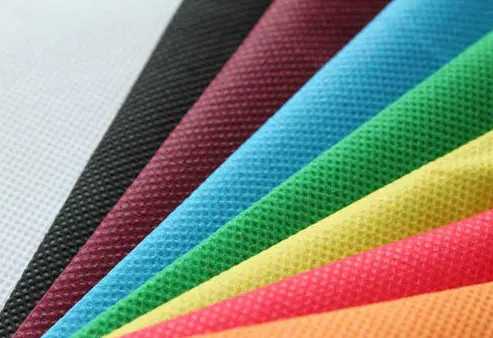
NewsInformation Center
Method for improving the pilling of fabrics
2022/03/31
Most of the methods to improve the anti-pilling of textiles are based on reducing or improving the factors that cause the fabric to pilling. Generally, it is carried out through the modification of fiber raw materials, fabric structure design and fabric finishing. Today, I will show you how to improve the pilling performance of fabrics.
There are two ways to improve the pilling performance of fiber raw materials: one is to reduce the breaking strength of fibers, so that the formed pilling balls fall off; the other is to change the fiber cross-section and surface state, and increase the cohesion between fibers to reduce pilling. ball.
Low-strength anti-pilling fiber: This fiber is chemically modified or physically treated polyester and acrylic fiber to reduce the fiber shear strength and breaking strength, so that the fabric can prevent or reduce the friction and entanglement of its fibers during use. Aggregate to form balls.
Polyester can reduce its strength by alkali reduction treatment, and can also produce polyester filament by low-viscosity chip spinning method. The breaking strength of this fiber can be controlled at a very low level. Falls off easily without further hairballing.

In the production of acrylic anti-pilling fiber, the method of reducing the content of methyl acrylate in macromolecules and increasing the content of sodium propylene sulfonate can be used to reduce the mobility of molecular segments, increase the rigidity and brittleness of the fiber, and reduce the fiber extensibility. During spinning, the method of alternating low coagulation bath and high coagulation bath temperature can be used to make the fiber form an uneven skin-core structure, resulting in defects in the fiber structure, thereby improving the anti-pilling performance of the fiber. A third monomer can also be introduced into the macromolecule to make anti-pilling fibers.
Protease modification of wool fiber: The wool fiber is treated with neutral or alkaline protease to partially destroy the scales, reduce the fiber strength, and the fabric plush is easy to fall off and reduce pilling.
Special-shaped cross-section anti-pilling fiber: Due to the increased surface area of the special-shaped fiber and the increased cohesion between the fibers, the fibers are not easily drawn out and form hairiness when subjected to external forces, thereby reducing the chance of pilling.
Roughening of the fiber surface: Due to the rough surface of the fiber, the cohesion is enhanced, reducing the probability of the fiber slipping to the surface of the fabric to form plush. Therefore, plasma etching can be used to improve the roughness of the fiber surface and increase the friction coefficient of the fiber surface, thereby reducing the formation of fiber plush on the fabric surface.
Previous: How does the Abrasion Resistance Tester work?
N e x t : Determination of salt spray resistance of colours and varnishes



